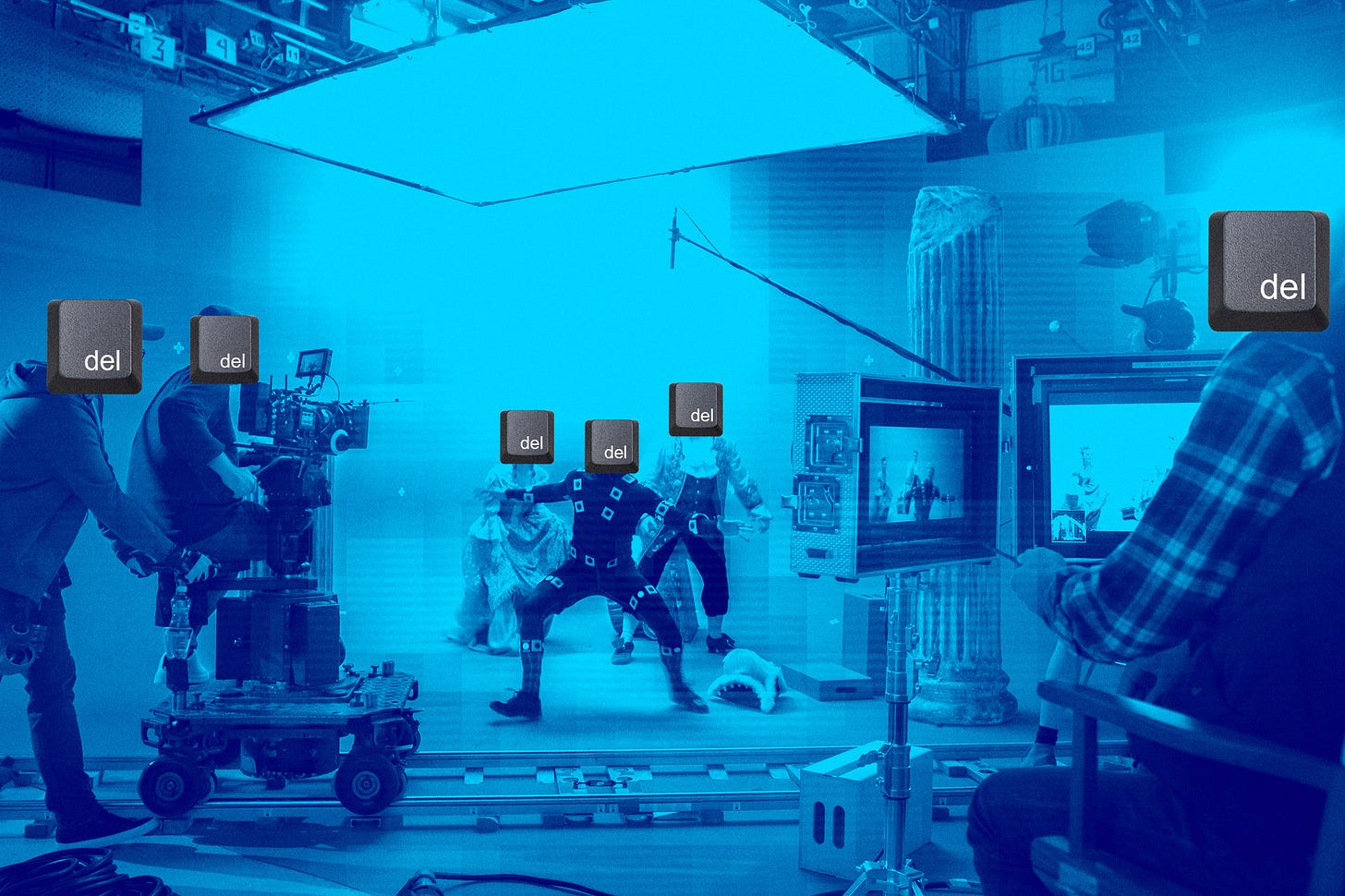The $2K Ad That Shook the NBA Finals — and Put Hollywood Production on Notice
Google's Veo 3 blends image, sound and movement, bringing cinematic creation (and an industry's apocalypse) closer

I write every other Tue. for paid subscribers and recently reported on why Hollywood won’t be distributing AI films anytime soon; the prospect of AI-driven non-player characters in Grand Theft Auto; and the Chinese AI that should scare you.
Six weeks ago today, Google launched Veo 3 — a major leap forward in the field of AI-generated video, and arguably the company’s most ambitious attempt yet to fuse its technological muscle with its massive content ecosystem.
At first glance, Veo 3 looks like a lot of other advanced video-generation tools. But under the hood, it’s the blueprint for Google’s broader strategy: to redefine media production as a function of cloud computing, search and monetized platforms like YouTube.
Sundar Pichai described the update at I/O 2025 as a new era of storytelling, placing Veo 3 at the center of Google’s long-term vision for generative content across advertising, search, education and entertainment. (Veo was first launched a year ago at I/O 2024, and Veo 2 was rolled out in December.)
This isn’t an isolated experiment — it’s an ecosystem play. By embedding Veo 3 into Gemini (Google’s conversational AI platform), Canva and, soon, YouTube Shorts, Google is betting that video content won’t just be created more efficiently in the future — it will be created differently, using AI to collapse the boundary between idea and execution.
Generative video tools like Veo 3 will enable brands, creators, educators and hobbyists to produce compelling, immersive content with minimal resources. In this way, Veo 3 becomes not just a creative tool but a potential engine of monetization for Google’s ad and cloud businesses. The ramifications are enormous. If Google can automate visual storytelling the same way it automated indexing the web, it could reinvent how media is created, distributed and monetized — and on its own platforms, no less.
If you don’t believe me, try watching this YouTube Short, created by Veo 3, with characters claiming that they aren’t AI, but are, and wait for clips like this to be fully monetized. The future for Google will be one in which short-form content can be created using Google tools, posted on Google platforms and monetized by Google without anyone telling the difference between reality and… everything that Veo 3 will create.
In today’s Reel AI, I break down:
How Veo 3 leapfrogs its predecessor — and why it threatens traditional production
The steps Veo 3 eliminates in the content pipeline, and what that means for budgets
The $2K NBA Finals ad that showed how AI is already competing with agency work
The studies that project that more than 118,000 behind-the-camera jobs could be impacted by tools like Veo 3 in the next 18 months
How many more jobs could be lost for every percentage point of viewership gains by YouTube through fast-production Veo 3 videos
How Veo is being embedded across Google’s ecosystem: YouTube, Gemini, Canva and more
Current technical limitations — and Google’s roadmap to solve them
What this means for ad agencies and brands



